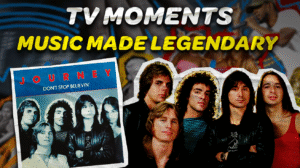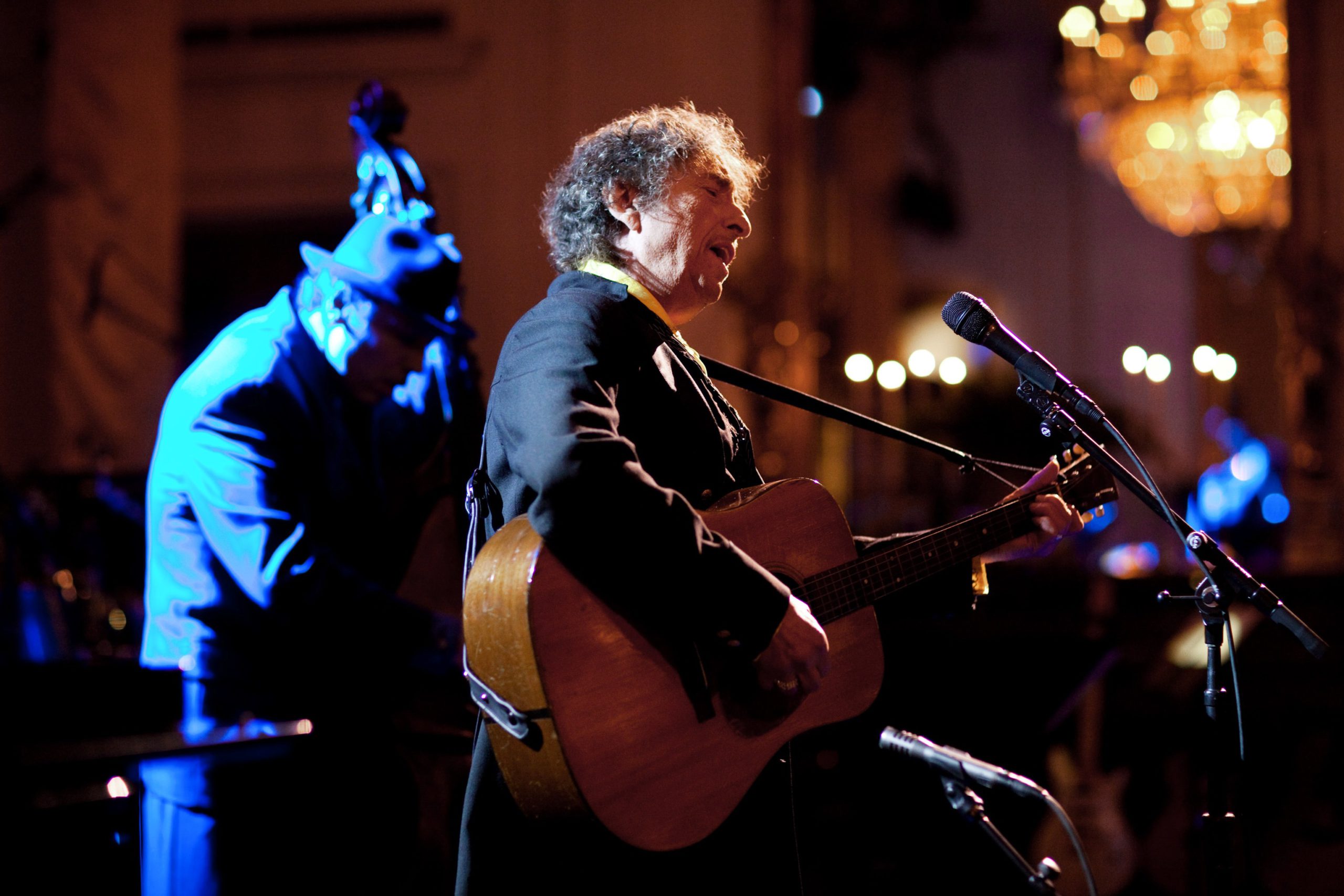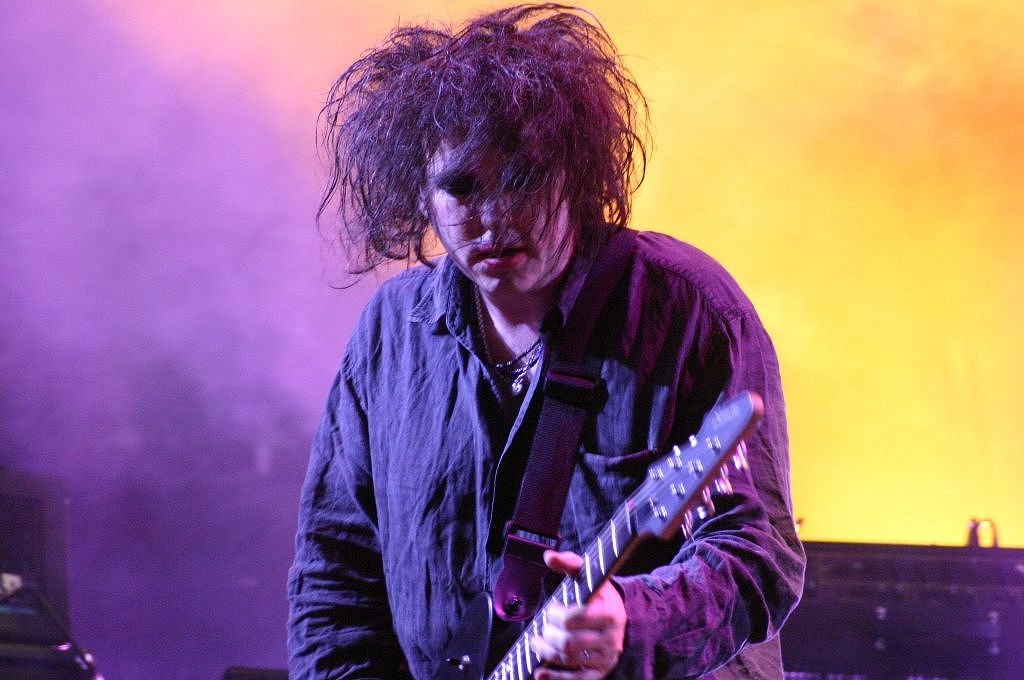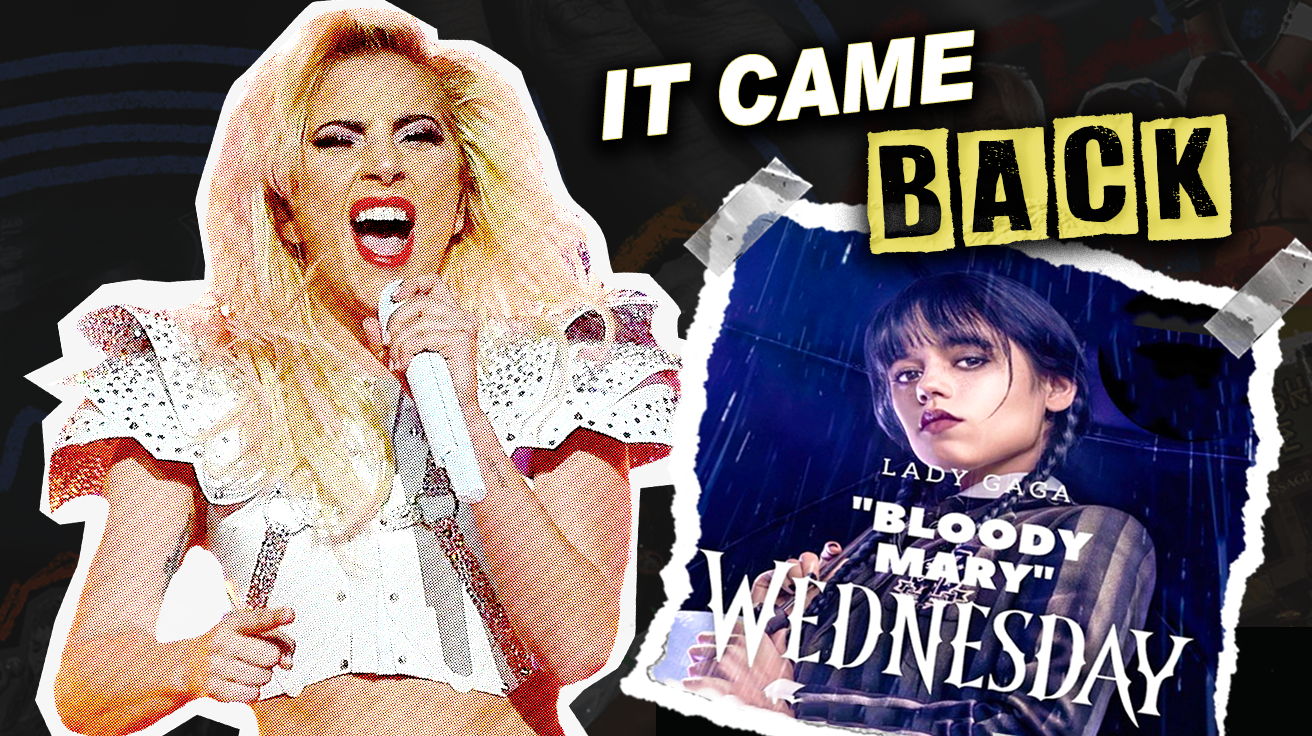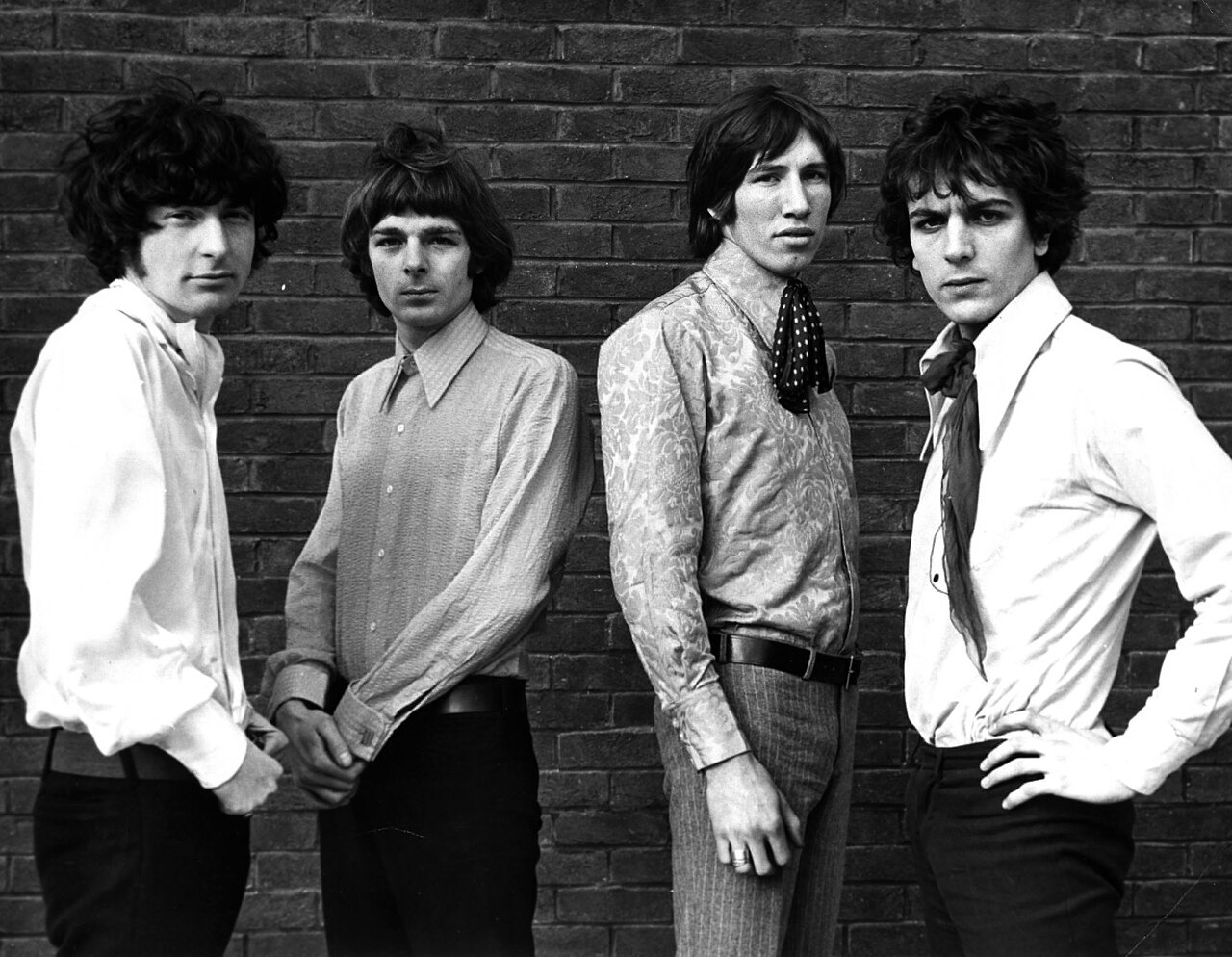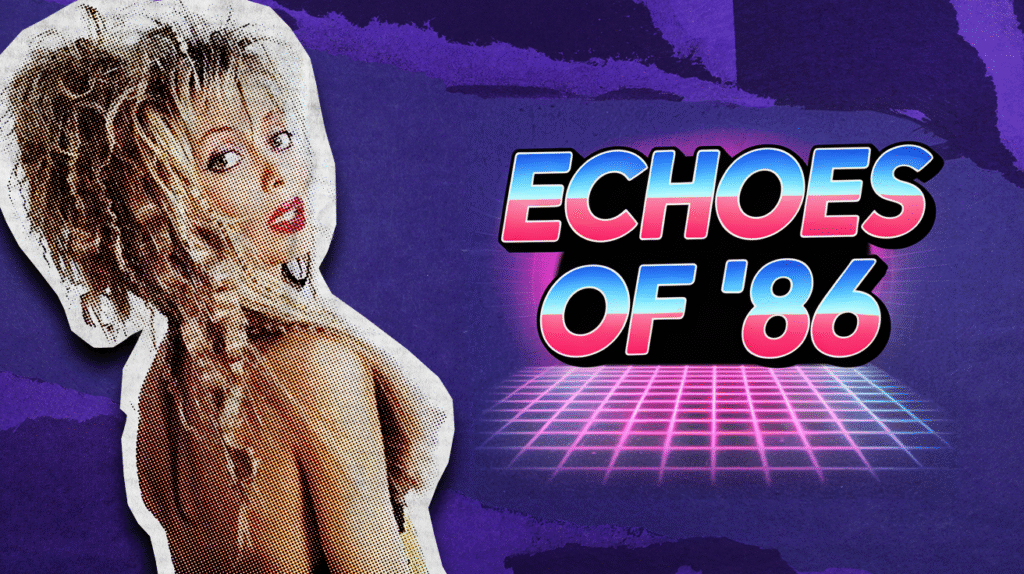
The music industry is a vast galaxy with countless stars that shine briefly before fading. A special category remains eternally fascinating: the one-hit wonder. These tracks briefly topped charts, then often vanished from mainstream consciousness, yet their impact remains indelible. 1986 stands as a particularly fertile year for these musical shooting stars, launching unique songs that captured the zeitgeist perfectly.
These singles stand out due to their catchy hooks and distinctive sounds, their immediate memorability cementing their place in musical lore.
15. Baltimora – Tarzan Boy
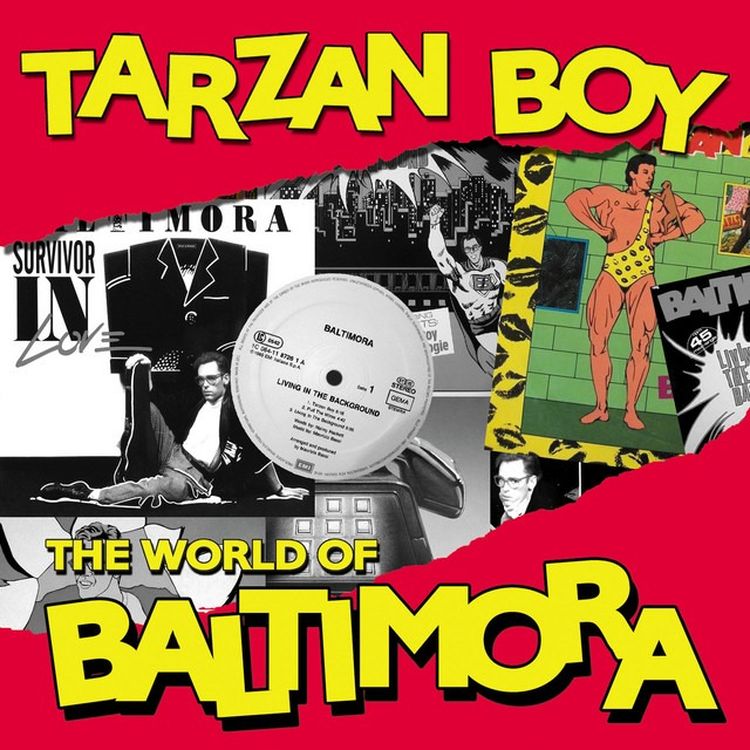
Step into a vibrant jungle-themed disco pulsating with infectious energy. “Tarzan Boy,” released in 1985 but climbing charts in 1986, emerged as a testament to synth-pop’s ability to blend seemingly disparate elements. Crafted by Maurizio Bassi and Naimy Hackett, the track combined Italo disco production with tribal jungle chants, a combination that proved irresistibly catchy.
Jimmy McShane, the charismatic frontman, guided listeners through a sonic landscape where freedom reigned supreme, though he didn’t actually perform the vocals. Talk about the ultimate lip-sync battle champion of the pre-YouTube era! The song’s distinctive “jungle call” vocals and energetic presentation helped it reach #13 on the Billboard Hot 100, cementing its place in 80s pop culture.
14. A-ha – Take On Me
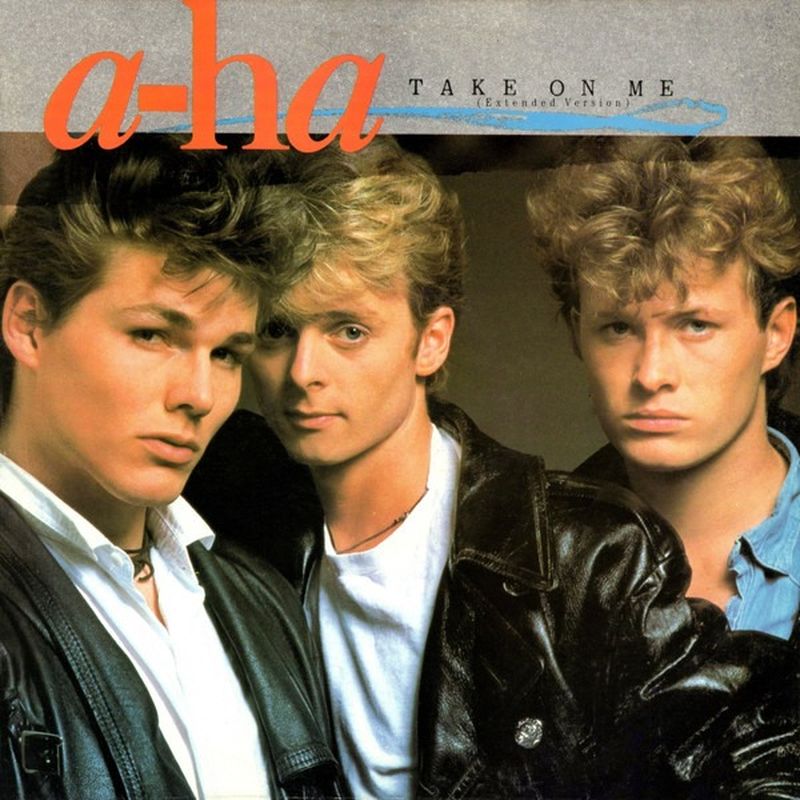
Few songs capture the sound and visual aesthetics of the 1980s better than A-ha’s “Take On Me.” This Norwegian synth-pop masterpiece burst onto American charts in 1985, carried by Morten Harket’s impressive vocal range and a groundbreaking rotoscoped music video that blended animation with live action. It was MTV’s equivalent of Avatar’s CGI breakthrough – but with pencil sketches and much better music.
The song reached #1 on the Billboard Hot 100 and sold over a million copies in the U.S. While A-ha continued to enjoy massive success throughout Europe, particularly in their native Scandinavia, American audiences never again embraced them with the same fervor. The band that could hit those impossible high notes somehow couldn’t scale the American charts twice – proving the U.S. market can be as fickle as a toddler in a candy store.
13. Dexy’s Midnight Runners – Come On Eileen
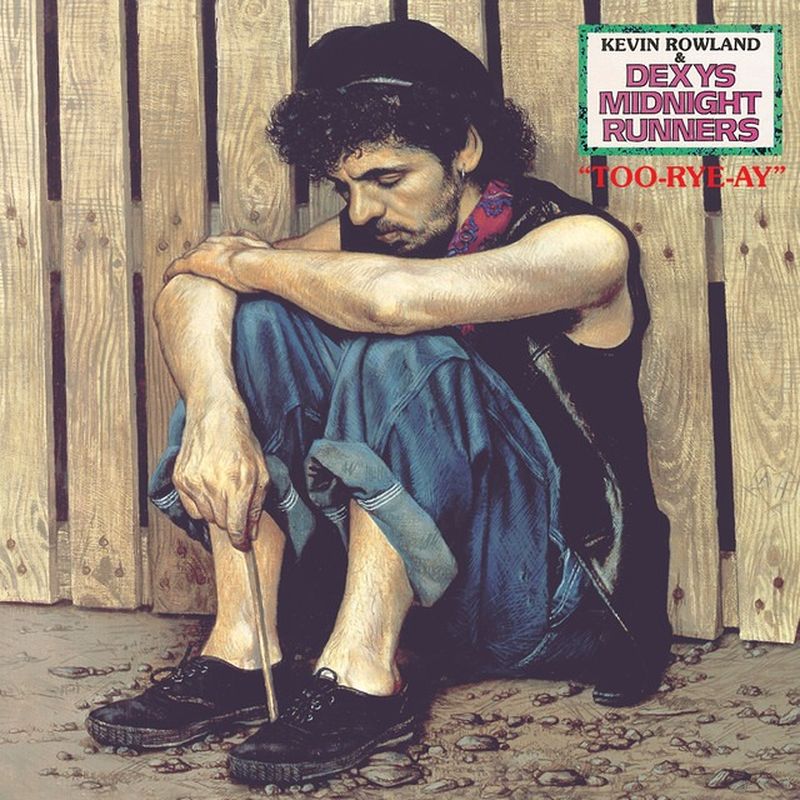
Before TikTok challenges had teens dancing to sea shanties, there was “Come On Eileen,” the folk-punk-pop hybrid that had everyone singing “too-ra-loo-ra” whether they wanted to or not. This Celtic-influenced earworm from Dexy’s Midnight Runners hit #1 on the Billboard Hot 100 in 1983 but continued its reign into the mid-80s at every wedding reception and school dance.
With its infectious fiddle hooks and tempo changes that start slow and build to a frenzied climax, the song defied categorization. Despite their massive U.S. success, the band couldn’t produce another hit for American audiences, making them the textbook definition of a one-hit wonder. Like the high school quarterback who peaked at 17, Dexy’s threw one perfect touchdown and then spent the rest of their career watching the replay – though they remained stars in their native UK.
12. Jermaine Stewart – We Don’t Have to Take Our Clothes Off
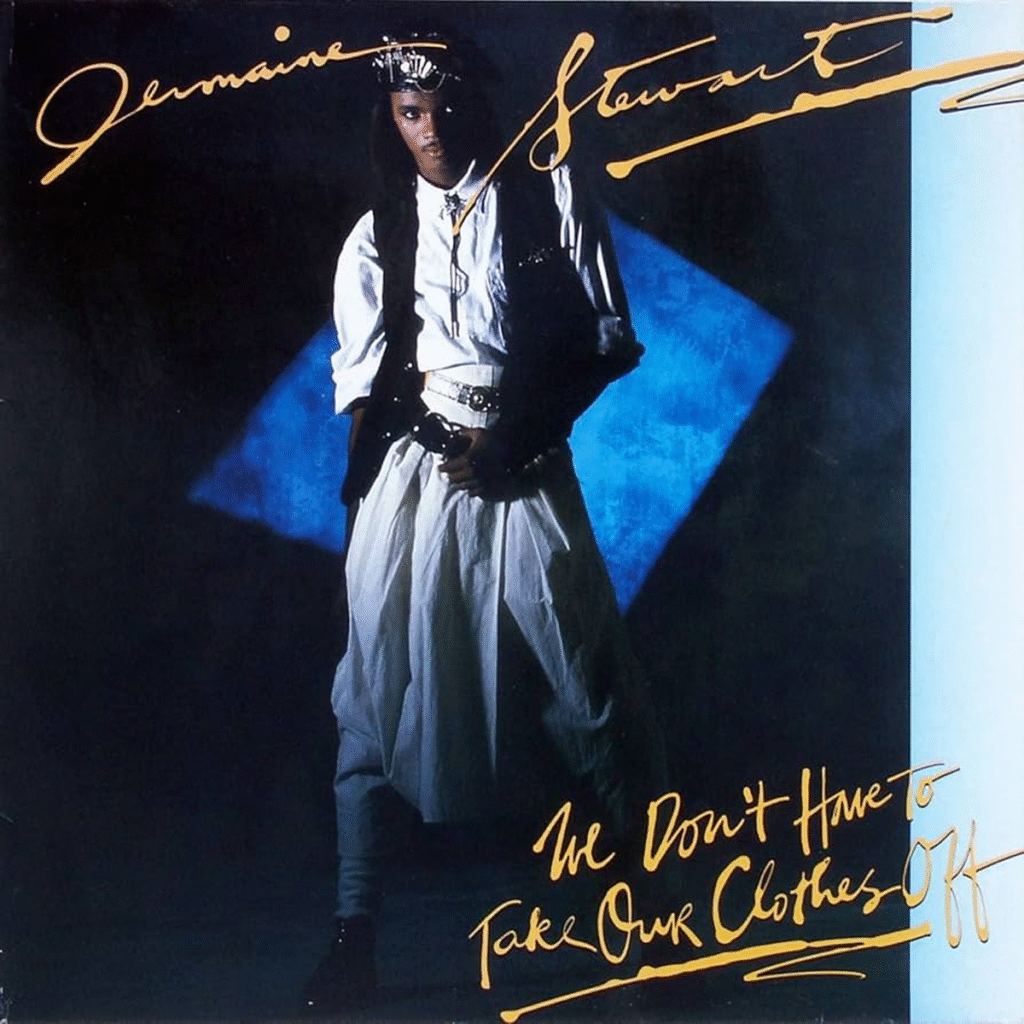
“Music can shape a generation,” says music historian Dr. Eleanor Reese. “We Don’t Have to Take Our Clothes Off” stands out as an inspiring example. This smooth dance-pop hit, backed by a slick groove and Stewart’s silky falsetto, offered something refreshingly wholesome during the AIDS crisis era. Like finding a monk at a frat party – unexpected, but strangely welcome.
The written work of Narada Michael Walden and Preston Glass presented a positive message about patience and connection. Amidst the era’s lyrical excess, its wholesome approach resonated with audiences, helping the song reach #5 on the Billboard Hot 100. In an era where most pop stars were selling sex faster than TikTok influencers today, Stewart’s restraint proved surprisingly revolutionary.
11. Timex Social Club – Rumors
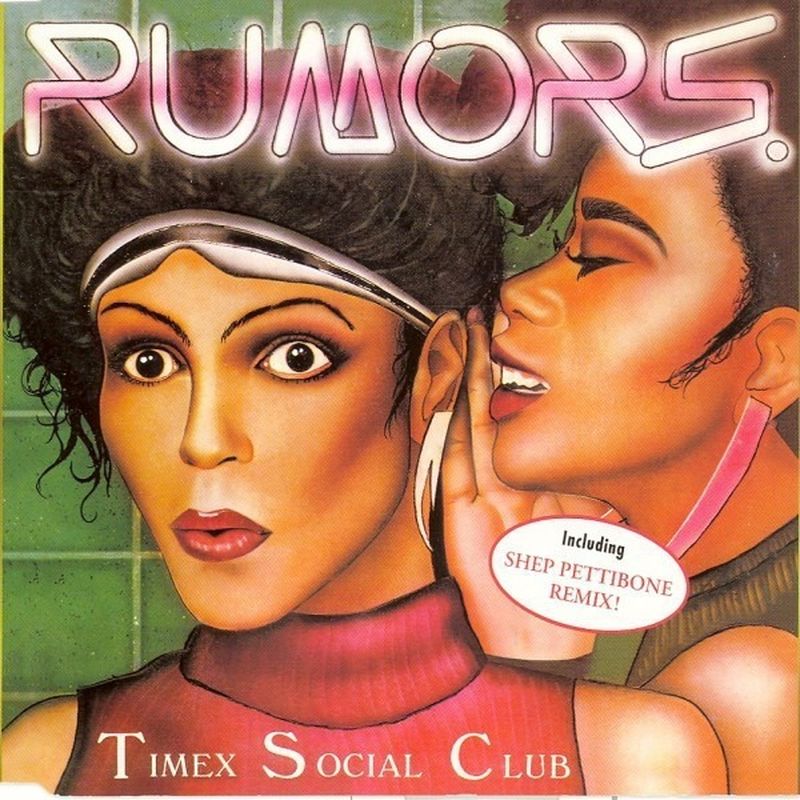
Music can serve as a mirror, reflecting societal issues that need addressing. Timex Social Club’s “Rumors” tackled gossip culture through infectious rhythms. This funky R&B single, with crisp drum machines and jazzy synths, highlighted the perils of spreading misinformation – essentially an analog version of today’s “don’t believe everything you read on social media” PSA.
The group from Berkeley, California called out gossip culture, demonstrating its impact on relationships and communities. The song peaked at #8 on the Billboard Hot 100 and topped the R&B chart, helping pioneer the new jack swing sound. Decades later, its message resonates even more strongly in the age of viral social media. If only they could see how we’ve perfected the art of rumor-spreading with algorithmic precision.
10. Soft Cell – Tainted Love
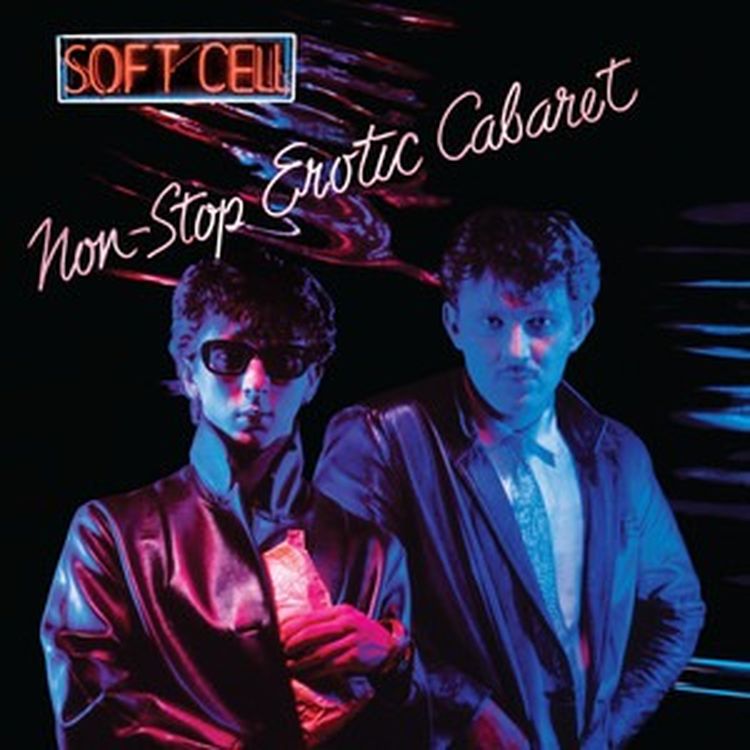
The 80s excelled at recycling 60s soul into synthesized reinventions, and nobody did it better than Soft Cell with their electro-pop cover of Gloria Jones’ “Tainted Love.” Marc Almond’s breathy vocals and Dave Ball’s minimalist synth arrangement stripped the song to its anxious, neurotic core – like someone turned a soul classic into a panic attack, but in the most danceable way possible.
Released in 1981 but maintaining chart presence through the mid-80s, the track peaked at #8 on the Billboard Hot 100 and spent a record-breaking 43 weeks on the charts. This staying power was rare compared to the songs from 76 that had defined the previous decade’s one-hit wonder scene.
9. El DeBarge – Who’s Johnny
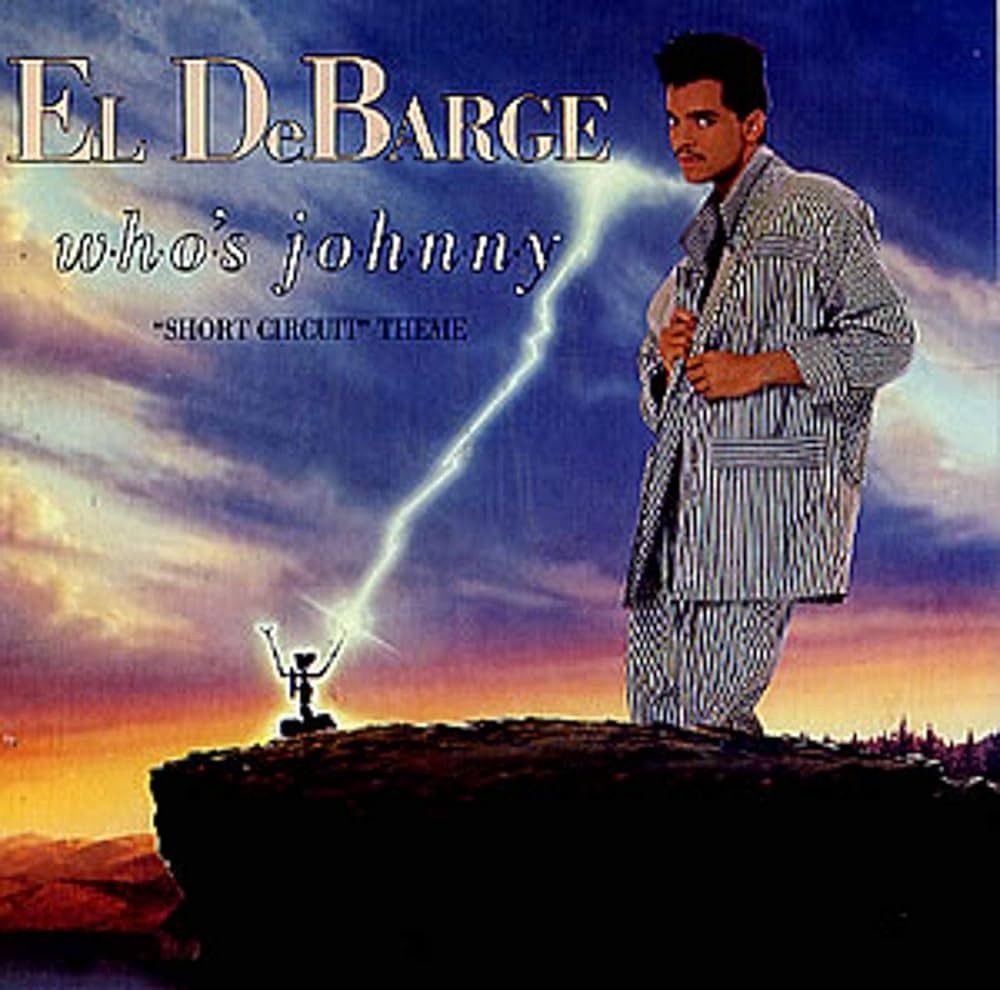
A film tie-in song blends a movie and its soundtrack into a single experience. El DeBarge’s “Who’s Johnny,” released for the film “Short Circuit,” plays with the robot Johnny Five’s identity, questioning his robotic intentions. Written by hitmaker Diane Warren specifically for the movie, the song perfectly captured the film’s playful spirit while asking the musical equivalent of “what’s your wifi password?”
With El DeBarge’s distinctive falsetto and the Yamaha DX7 synthesizer creating that quintessential 80s sound, the song reached #3 on the Billboard Hot 100. The upbeat plea helps listeners understand the robot’s intentions while showcasing DeBarge’s vocal talents outside his family group. In a decade obsessed with technology fears, this song managed to make AI seem downright adorable – how quaint that seems now.
8. Nu Shooz – I Can’t Wait
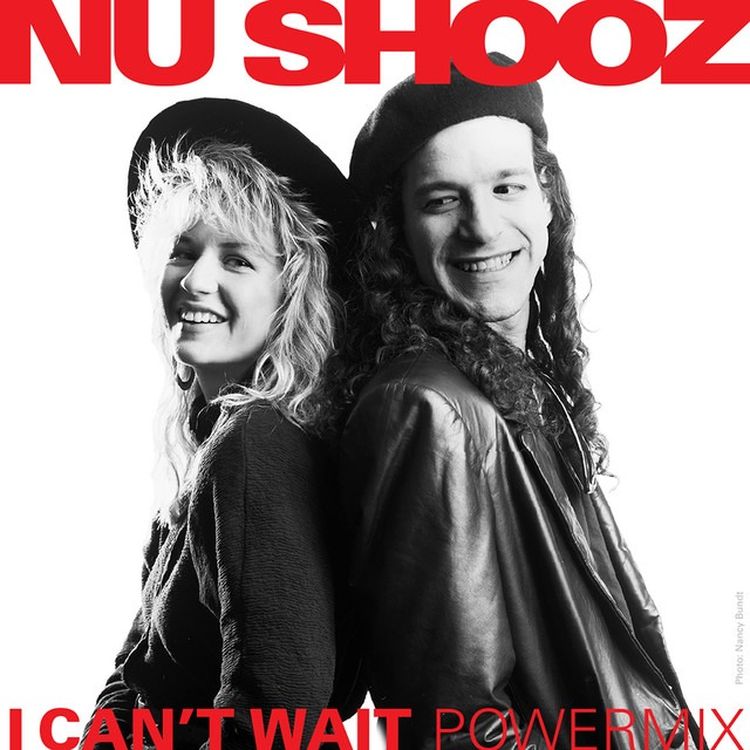
Want to create your own funky electro-pop hit? Start with a simple beat, like Nu Shooz did with “I Can’t Wait.” The Portland-based husband and wife duo, featuring Valerie Day’s vocals, blended synth sounds for success. Next, layer in freestyle beats with bubblegum sweetness – think of it as the musical equivalent of mixing Skittles with your popcorn. Surprisingly good.
Try a remix by Dutch producer Peter Slaghuis, whose version propelled the song to greater success. The track peaked at #3 on the Billboard Hot 100 and topped the dance charts with its infectious synth bassline and Roland TR-808 drum machine. On the dance floor, each beat pulses and swirls with sound, inviting listeners to let loose while everyone’s hair competed with the ceiling for maximum volume. This track exemplifies the underrated 80s hits that defined the decade’s distinctive sound.
7. Stacy Q – Two of Hearts
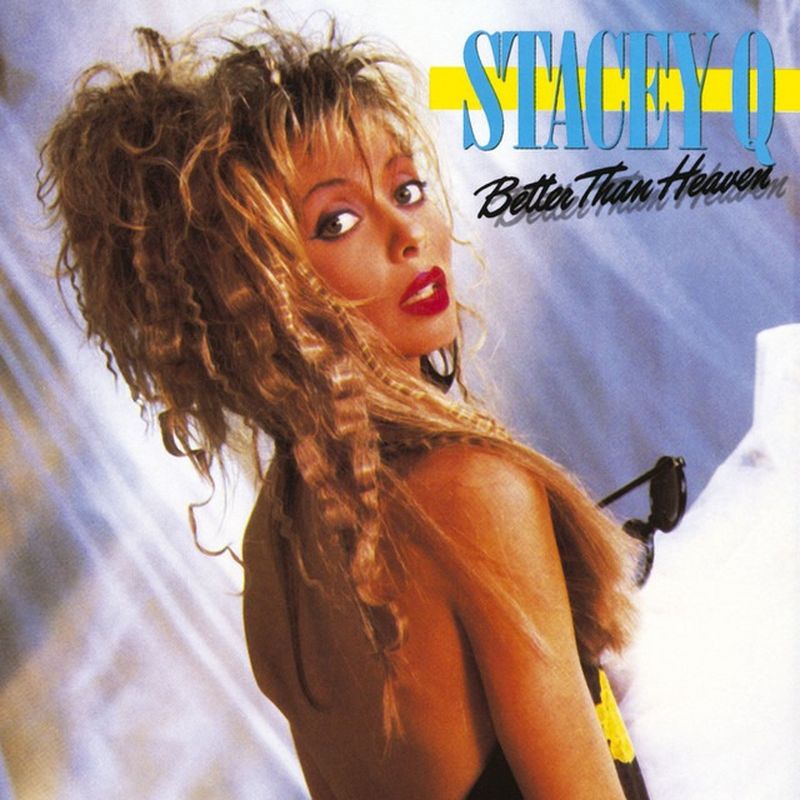
“This song was the soundtrack to my youth!” says musicologist Elaine Waters about Stacy Q’s hit, “Two of Hearts.” This high-energy dance-pop track quickly became a club favorite and radio staple. Rapid-fire vocal loops and pulsating synths drove the beat, while the artist’s flirty performance made it unforgettable – like a first crush turned up to eleven and dipped in glitter.
The song is categorized as Hi-NRG, an uptempo style with consistent melodies for listeners to enjoy. Reaching #3 on the Billboard Hot 100, it sold over 3 million copies in the United States alone. The pounding beat and repetitive “I need you” chorus created an irresistible hook that defined 1986’s dance floors, proving sometimes musical complexity is overrated when you’ve got a hook that grabs you like a caffeinated octopus.
6. Robbie Nevil – C’est la Vie
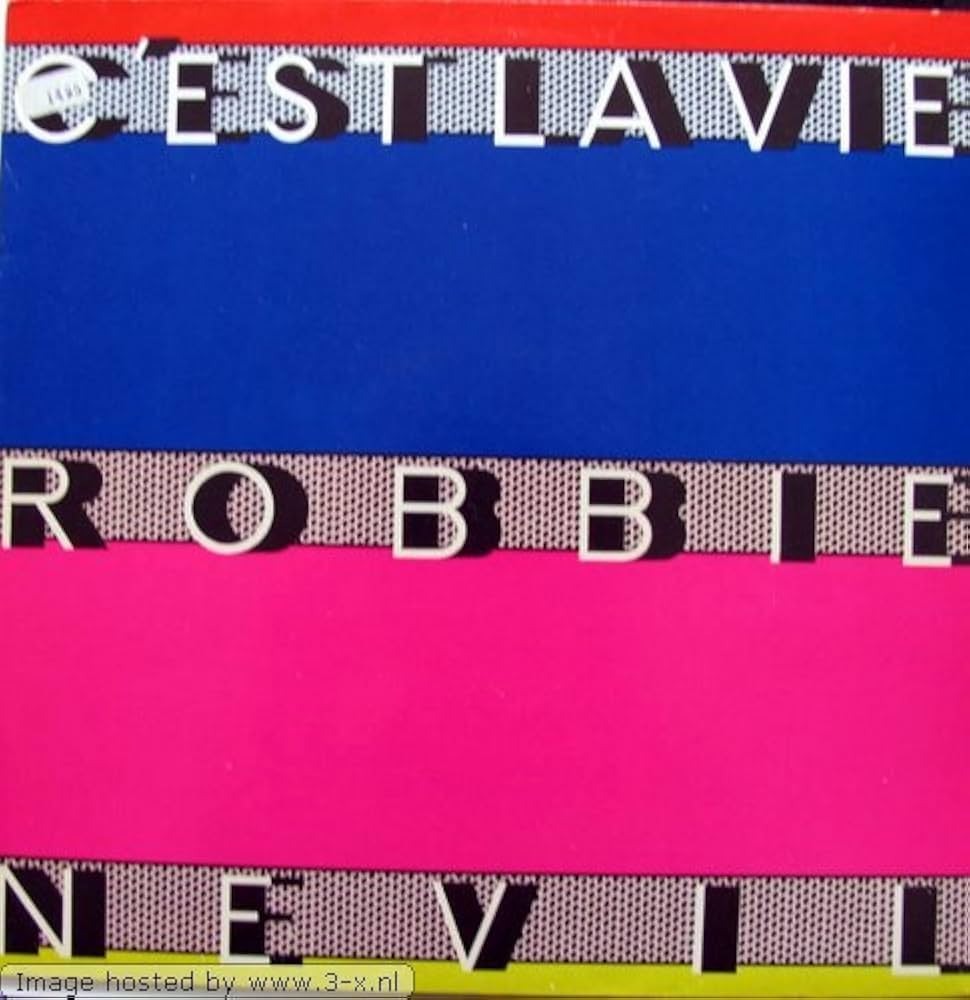
“C’est la vie” dates back to the French language, meaning “that’s life,” used to minimize disappointment. Robbie Nevil’s hit embodied the phrase itself, delivering a laid-back pop-funk tune like a summer breeze. With acoustic strumming and syncopated rhythms, the song soothes with its carefree lyrics about rolling with life’s disappointments – essentially the musical equivalent of a shoulder shrug in designer jeans.
The track peaked at #2 on the Billboard Hot 100 and enjoyed significant international success. The phrase ‘c’est la vie’ becomes a shrugging chorus, a musical way of moving on. While some might categorize this track among the cheesiest one-hit wonders of the era, its enduring appeal proves that sometimes a simple hook can transcend time.
5. After the Fire – Der Kommissar
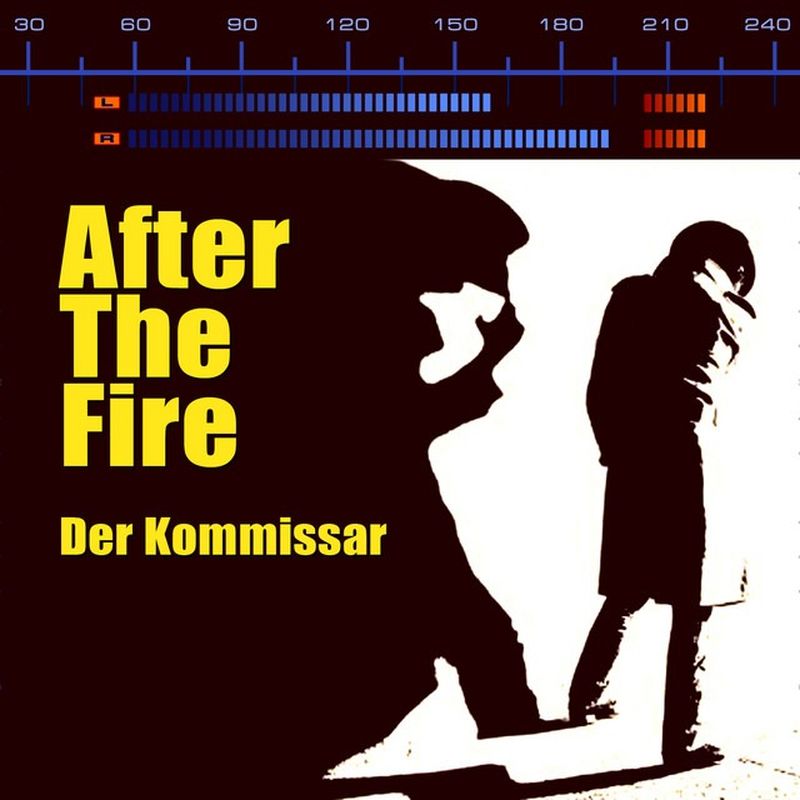
Few bands can claim they rode the coattails of a cover song to one-hit wonder status as perfectly as After the Fire. Their English-language version of Falco’s German hit “Der Kommissar” reworked the original’s new wave cool into a rock-edged dance track. It’s like they xeroxed Falco’s homework, translated it through Google, and somehow still got an A.
The song’s mysterious foreign lyrics and driving beat captivated American listeners in 1983, propelling it to #5 on the Billboard Hot 100. The British band promptly broke up after their moment of glory, ensuring their perfect one-hit wonder status. The lyrics about a shady surveillance officer feel weirdly prescient in our era of digital privacy concerns – proof that paranoia, like good music, never really goes out of style.
4. Cutting Crew – (I Just) Died in Your Arms
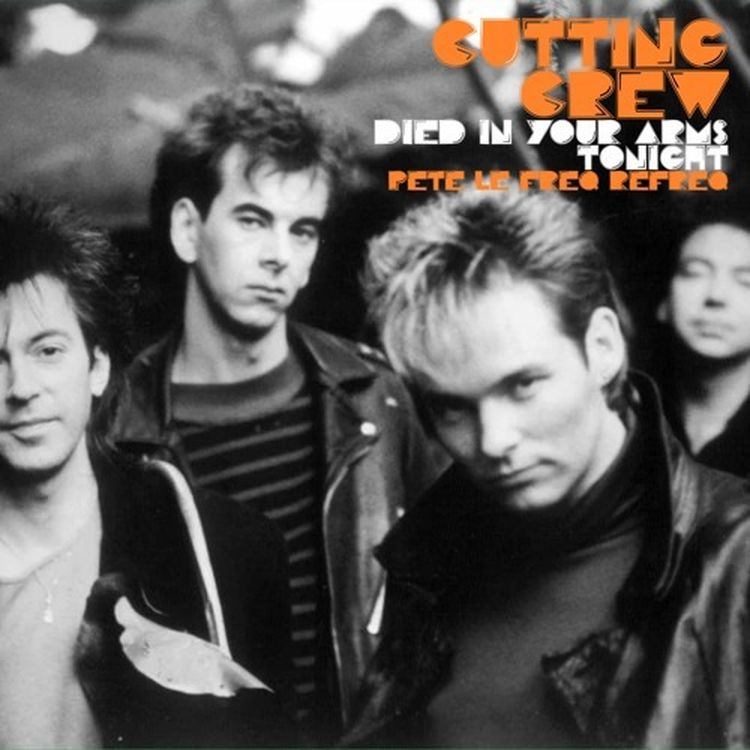
Who says power ballads are formulaic and lack substance? Cutting Crew’s “(I Just) Died in Your Arms” defies this notion with genuine emotional pain. The power ballad resonated with its crashing drums and an epic guitar solo alongside Nick Van Eede’s aching vocals. If musical notes could wear black leather and smoke cigarettes, this song would be the James Dean of 80s power ballads.
Its lyrics were inspired by a real relationship, giving the song authentic emotional weight. The track reached #1 on the Billboard Hot 100 in May 1987 after its late 1986 release. Imagine suffering a painful breakup with sadness in your chest – then, this song plays on the radio. Suddenly, you feel understood, proving sometimes the cheesiest music cuts deepest when you’re emotionally vulnerable.
3. Falco – Rock Me Amadeus
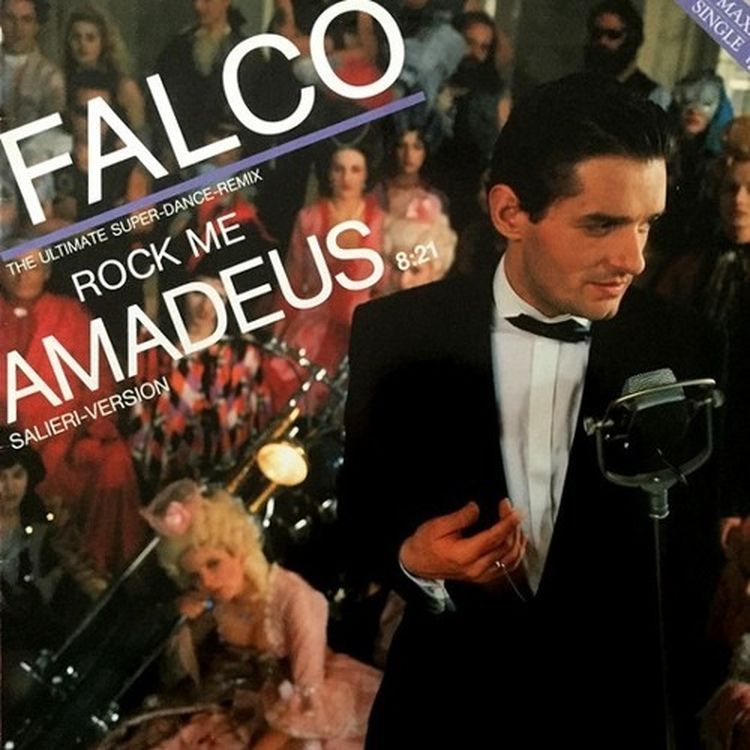
Before Falco burst onto the scene, few could imagine Mozart inspiring pop-rap. “Rock Me Amadeus” hit radios as a genre-bending track celebrating composer Wolfgang Amadeus Mozart with pounding drums and orchestral synths. With a mix of German and English lyrics, this song was unlike anything else on the airwaves – like if classical music and new wave had a baby and raised it on schnitzel and synthesizers.
The track made history as the first German-language song to reach #1 on the US Billboard Hot 100. The mix of languages and sound made it revolutionary, with Falco’s theatrical delivery adding to its unique appeal. Though Falco remained a star in German-speaking markets, in the US he was forever defined by this singular hit. Mozart probably would’ve approved – he was the original musical rockstar with a flair for the dramatic.
2. Boys Don’t Cry – I Wanna Be a Cowboy

Did you know a song about wanting to be a cowboy hit the dance charts in 1986? “I Wanna Be a Cowboy” (not “I Want to Be a Cowboy”) by the British group Boys Don’t Cry became a bizarre earworm that year. This came about when they blended deadpan vocals with spaghetti western samples and new wave synth-pop – imagine John Wayne wandering into a London nightclub after accidentally taking a wrong turn at Albuquerque.
The song was actually written by lead singer Nick Richards as a novelty track, but its oddball lyrical construction and catchy chorus stuck with music fans. Peaking at #12 on the Billboard Hot 100 and spending 21 weeks on the chart, the track’s distinctive chorus and quirky MTV video helped cement its legacy as an 80s novelty classic. Just goes to show you sometimes the strangest ideas make the catchiest singles – a lesson today’s algorithm-driven music industry could stand to relearn.
1. Gregory Abbott – Shake You Down
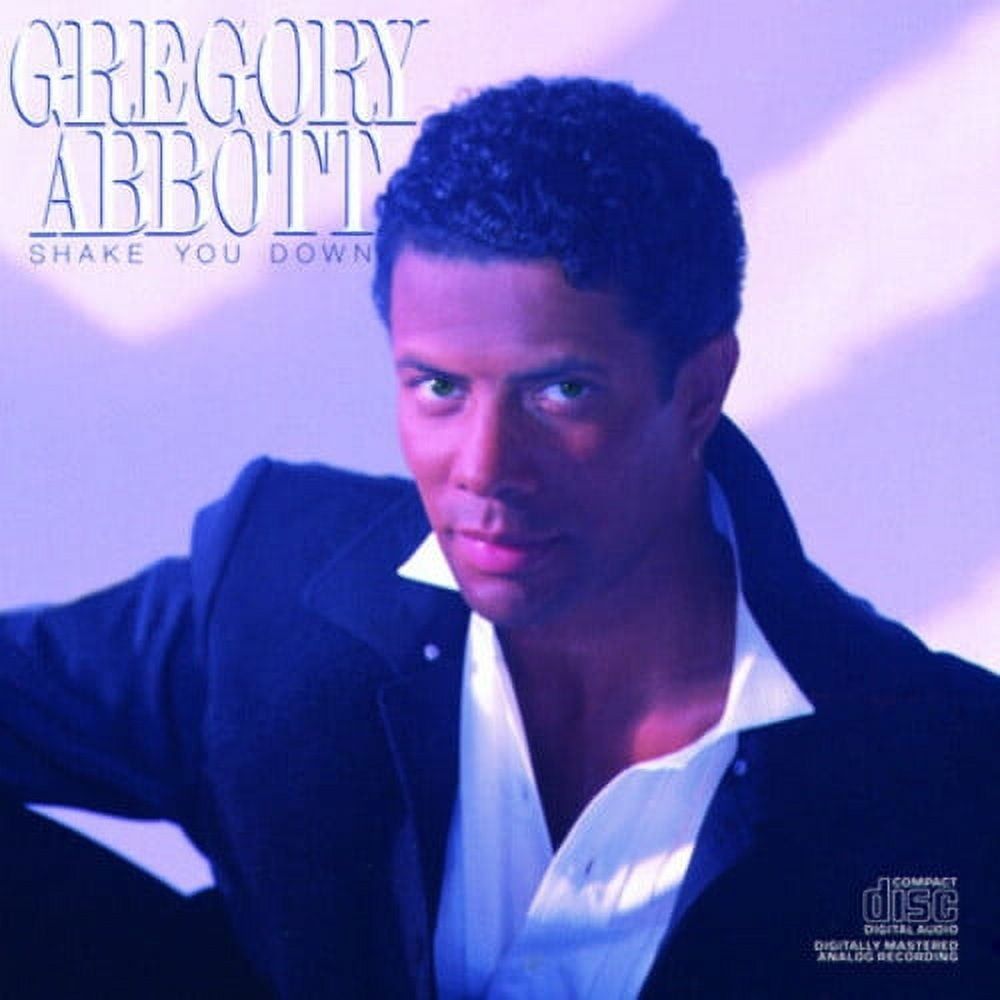
Over 85% of slow dances in 1986 probably involved dimmed lights and Gregory Abbott. “Shake You Down” offered a slow rhythm unlike the synth-heavy pop dominating the airwaves. Written and produced entirely by Abbott himself, the track combined whispery vocals and soft keys – essentially musical foreplay in an era before Netflix and chill.
The R&B/quiet storm ballad topped both the Billboard Hot 100 and R&B charts and won a Black Music Award for Best New Artist. The song’s sensual appeal and rhythmic charm established it as an instant classic for intimate moments. In retrospect, while celebrated for its smoothness, Abbott struggled to replicate this perfect moment in musical history. Some artistic peaks are just like that perfect date – impossible to duplicate no matter how hard you try.




